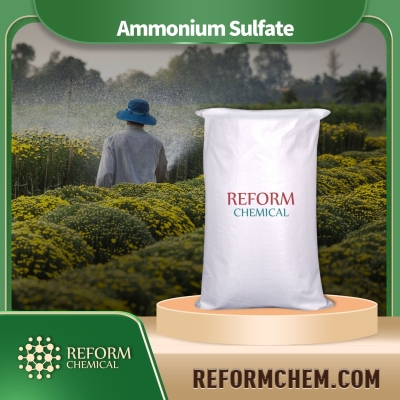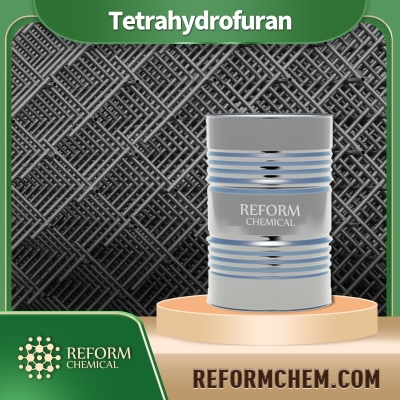-
Categories
-
Pharmaceutical Intermediates
-
Active Pharmaceutical Ingredients
-
Food Additives
- Industrial Coatings
- Agrochemicals
- Dyes and Pigments
- Surfactant
- Flavors and Fragrances
- Chemical Reagents
- Catalyst and Auxiliary
- Natural Products
- Inorganic Chemistry
-
Organic Chemistry
-
Biochemical Engineering
- Analytical Chemistry
-
Cosmetic Ingredient
- Water Treatment Chemical
-
Pharmaceutical Intermediates
Promotion
ECHEMI Mall
Wholesale
Weekly Price
Exhibition
News
-
Trade Service
"Pesticides should be in line with human medicines, and from chemical pharmaceuticals to biopharmaceuticals" "New chemical materials and new chemical products are an emerging market, and chemical companies should actively transform and develop".
.
.
On July 2, the reporter moved from the Yangtze River Economic Belt to Green Chemicals.
In the research activities of the pesticide industry, I learned that the Yangtze River Economic Belt is promoting the transformation and development of coastal pesticide and chemical companies without major development.
Academician Jin Yong of the Chinese Academy of Engineering and other experts suggested that China's pesticide and chemical industry should strengthen scientific research guidance , Actively embrace cutting-edge technologies such as biotechnology and micro-chemical technology to achieve green transformation
.
As of the end of June 2017, there were more than 2,500 pesticide companies in China, of which 1,709 were approved by the Ministry of Industry and Information Technology, mainly located in the Yangtze River Economic Belt and the southeast coastline
.
Bai Yi, vice president of China Petroleum and Chemical Industry Planning Institute, believes that in the next 10 years, China's pesticide and chemical industry will still be characterized by traditional overcapacity, and some small and medium-sized enterprises that do not pay attention to technological innovation and environmental safety will gradually be eliminated
.
"It's not that I don't want to transform, but I don't know where to turn and how to turn
.
" Lin Qing, secretary of the board of directors of Jiangsu Limin Chemical Co.
, Ltd.
, expressed the confusion during the transformation, which represents the aspirations of many companies
.
"For those enterprises with conditions, while developing the traditional pesticide industry, they should pay more attention to the future development trend and market space of some advanced manufacturing industries such as new chemical materials.
For example, the new materials used in high-speed rail and automobiles have a market share of at least 22 billion every year
.
" Bai Yi also proposed the transformation direction for the company
.
Jin Yong, an academician of the Chinese Academy of Engineering and a professor at Tsinghua University, believes that 80% of chemical products can be manufactured or replaced by biotechnology, but China currently lacks a strong biological pesticide research and development innovation center
.
In the future, the population of the world will continue to increase, but the available arable land resources are very limited in the short term, and agriculture is about to enter the 4.
0 era
.
He suggested that agriculture, industry, and information industry should be organically combined, from chemical pesticides to biological pesticides, and the trinity of spraying, fertilizing, and soil improvement should be combined to ensure stable food production while reducing the amount of pesticides used, while reducing the environmental load on the Yangtze River.
.
In recent years, the high incidence of chemical accidents, high energy consumption, heavy pollution, waste of resources, low efficiency and other issues still plague many chemical companies
.
For this reason, Jin Yong suggested that attention should be paid to the development of micro-chemical technology.
At present, the annual production capacity of a single micro-chemical equipment can reach 50,000 tons/year, which can be applied in chemical industries such as powder and phosphoric acid
.
Some micro reactors, micro mixers, and micro heat exchangers are so small that they can be placed in the palm of the hand, and the entire factory is the size of a desktop
.
.
.
On July 2, the reporter moved from the Yangtze River Economic Belt to Green Chemicals.
In the research activities of the pesticide industry, I learned that the Yangtze River Economic Belt is promoting the transformation and development of coastal pesticide and chemical companies without major development.
Academician Jin Yong of the Chinese Academy of Engineering and other experts suggested that China's pesticide and chemical industry should strengthen scientific research guidance , Actively embrace cutting-edge technologies such as biotechnology and micro-chemical technology to achieve green transformation
.
As of the end of June 2017, there were more than 2,500 pesticide companies in China, of which 1,709 were approved by the Ministry of Industry and Information Technology, mainly located in the Yangtze River Economic Belt and the southeast coastline
.
Bai Yi, vice president of China Petroleum and Chemical Industry Planning Institute, believes that in the next 10 years, China's pesticide and chemical industry will still be characterized by traditional overcapacity, and some small and medium-sized enterprises that do not pay attention to technological innovation and environmental safety will gradually be eliminated
.
"It's not that I don't want to transform, but I don't know where to turn and how to turn
.
" Lin Qing, secretary of the board of directors of Jiangsu Limin Chemical Co.
, Ltd.
, expressed the confusion during the transformation, which represents the aspirations of many companies
.
"For those enterprises with conditions, while developing the traditional pesticide industry, they should pay more attention to the future development trend and market space of some advanced manufacturing industries such as new chemical materials.
For example, the new materials used in high-speed rail and automobiles have a market share of at least 22 billion every year
.
" Bai Yi also proposed the transformation direction for the company
.
Jin Yong, an academician of the Chinese Academy of Engineering and a professor at Tsinghua University, believes that 80% of chemical products can be manufactured or replaced by biotechnology, but China currently lacks a strong biological pesticide research and development innovation center
.
In the future, the population of the world will continue to increase, but the available arable land resources are very limited in the short term, and agriculture is about to enter the 4.
0 era
.
He suggested that agriculture, industry, and information industry should be organically combined, from chemical pesticides to biological pesticides, and the trinity of spraying, fertilizing, and soil improvement should be combined to ensure stable food production while reducing the amount of pesticides used, while reducing the environmental load on the Yangtze River.
.
In recent years, the high incidence of chemical accidents, high energy consumption, heavy pollution, waste of resources, low efficiency and other issues still plague many chemical companies
.
For this reason, Jin Yong suggested that attention should be paid to the development of micro-chemical technology.
At present, the annual production capacity of a single micro-chemical equipment can reach 50,000 tons/year, which can be applied in chemical industries such as powder and phosphoric acid
.
Some micro reactors, micro mixers, and micro heat exchangers are so small that they can be placed in the palm of the hand, and the entire factory is the size of a desktop
.






